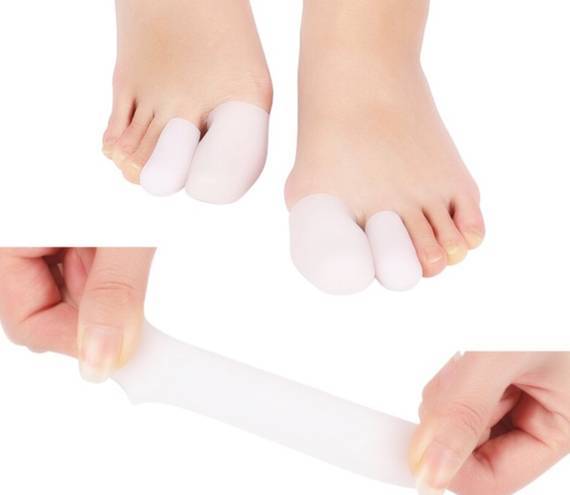This Is Gross But...Why Is My Toenail Black?
November 24, 2021If your toenail is black and you don't know what to do, don’t take treatment into your own hands. We get it, a black toenail isn’t cute. But trying to treat it yourself could go very wrong fast and often times put you in a worse situation than where you started. We tapped Marcela Correa, a licensed professional medical pedicurist and owner of Medi Pedi NYC, to breakdown the correct course of treatment and what causes a toenail to turn black in the first place.
What Causes a Black Toenail?
A black toenail can be the result of a number of things, such as stubbing a toe, dropping a heavy object on your toes or cramming your feet into the front of your shoes. “Another very common but not often spoken about cause is improperly cut nails, especially for those on blood thinning medication,” says Correa. “A small cut or nick that is left unaddressed can cause swelling, bruising and an accumulation of blood underneath the nail bed.”
In these cases, the black color comes from a buildup of blood under the nail called a subungual hematoma. “A subungual hematoma, otherwise known as ‘bruising’ or ‘trauma,’ happens on the toenail when an injury or blunt trauma occurs directly on the nail,” says Correa. “This damages the blood vessels, causing the nail to change in color, become lifted, collect blood and fluid and cause a lot of pain! When we injure our nail but the nail doesn't fall off, blood and fluid can build up underneath, causing a pressure and sensitivity.”

How to Treat a Black Toenail
“Even in mild cases where there is no buildup of fluid or blood there can still be nail detachment,” she says. In more severe cases, you may also experience significant pain; ongoing bleeding; areas of discoloration impacting more than a quarter of your nail; or observe damage at the base of the nail.* If you have any of these concerns or see signs of infection, you should definitely consult your doctor, dermatologist, or podiatrist for guidance. For relatively minor injuries, this may include icing or compression. For more significant trauma, your doctor may want to perform an x-ray to see if there is injury to the underlying bone (or another type of injury).
In some cases, your doctor may recommend a procedure to drain the hematoma to relieve pressure. This procedure, medically known as a trephination, involves poking a little hole in the nail to allow the blood to drain. It’s an invasive procedure that isn’t even performed by medical nail technicians, so it definitely should not be attempted at home! In fact, the American Osteopathic College of Dermatology recommends against attempting to drain or remove the nail yourself, which can lead to additional complications like infection and additional trauma.
Photo: Design by Hannah Packer
*This article is intended for informational purposes and does not take the place of medical advice. At Skincare.com, we care about the health and wellbeing of our readers and always encourage you to seek medical advice/treatment recommendations when you experience any concern.
Read More:
This Is Gross But… What Happens to the Pus in My Pimple?
Ouch! How Do I Take Care of My Ingrown Toenail at Home?
A Skincare Routine for Dry, Cracked Feet